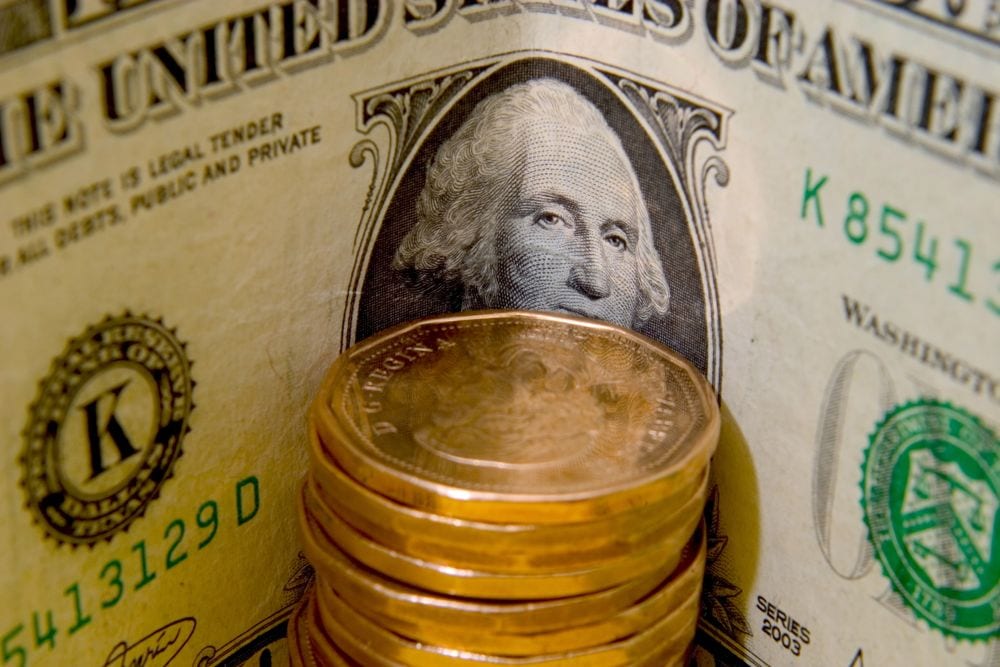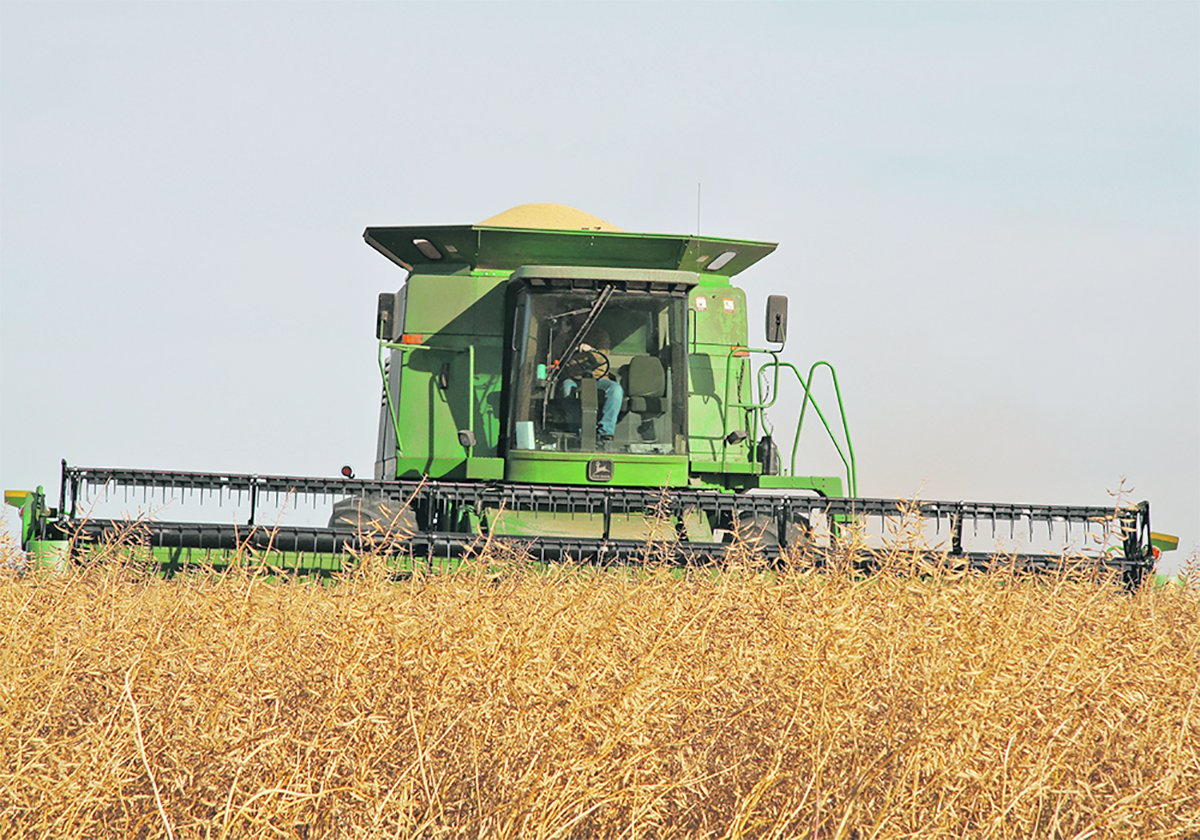Trump tariffs would weaken loonie, then U.S. dollar

Glacier Farm Media | MarketsFarm — With Donald Trump set to become President of the United States on Jan. 20, uncertainty continues to swirl about his threat to impose a 25 per cent tariff on all goods the U.S. imports from Canada and Mexico as early as that Monday. Should Trump press ahead with his levies, the Canadian dollar would be caught up in the collateral damage.
This comes at a time of chaos on Parliament Hill as the minority Liberal government is presently consumed by the party’s leadership race to replace Justin Trudeau as Prime Minister.
Read Also

Crop Production Show 2025: Mustard market outlook ‘disappointing’
The two biggest headwinds facing the Canadian mustard market right now are bigger supplies and weaker demand, market analyst Chuck Penner said at the Sask Mustard annual general meeting held Jan. 16 in Saskatoon.
“We’re not in a position of leverage either. This is a spot where Parliament is prorogued and we’re probably going to have an election. None of this bodes well,” stated Rahim Madhavji, president of Knightsbridge Foreign Exchange Inc. in Toronto.
In terms of how much it would cost to buy an U.S. dollar with the loonie, Madhavji suggested the worst case scenario would the high C$1.40’s, maybe C$1.50 if the Trump administration imposed all of the 25 per cent tariff immediately.
However, Madhavji suggested the tariff might be applied incrementally, “maybe a half of a per cent or one per cent every month to give people more time to adjust.”
He said regardless of the current situation in Ottawa, he expects the federal government would roll out a stimulus package similar to that during Covid, but there would still be job losses, the resurgence of inflation and likely drop in Canada’s gross domestic product. Should that occur, he said the Bank of Canada could accelerate its interest rate cuts to help jump start the economy.
Meanwhile, Errol Anderson of Errol’s Commodity Wire out of Calgary suggested the loonie has already taken much of the hit since Trump first threatened the tariff shortly after he was elected in November.
“It’s actually a reflection of what’s going to happen to the U.S. dollar,” commented Anderson, suggesting the loonie is “very oversold” and the greenback is “very overbought.”
The loonie stood at 72.58 U.S. cents the day Trump was elected and since then it’s fallen to about 69.50, but it’s reclaimed about a tenth of a cent since the start of 2025. During the same period, the greenback was at 102.979 points on the U.S. Dollar Index, which contrasts that currency with six other major currencies including the loonie. By Jan. 16 the greenback climbed to 108.845, although it topped off at 109.812 a few days earlier.
“That’s slowing U.S. exports,” said Anderson, formerly the president of ProMarket Communications and a commodity broker with RJ O’Brien in Calgary.
He stressed the situation is more about what the U.S. dollar would do in the weeks and months ahead if Trump were to proceed with his tariff threat. He believes the U.S. economy has been in a recession despite it not yet showing up in official data.
“When their economy slows down, the U.S. dollar will come down. Then the loonie will actually go up,” explained Anderson, projecting the loonie could fall to 68 U.S. cents and then rise to as much as 72.
While the U.S. could find itself in a recession, the same would likely happen to Canada, said Sal Guatieri, senior economist and director of BMO Capital Markets.
“Retaliatory tariffs would only pile on the pain via higher prices for consumers and higher costs for businesses, undermining hopes of a revival in living standards and productivity,” Guatieri wrote in his North American outlook earlier this month.
“It’s how fast the Canadian economy can adapt,” stated Madhavji, noting such likely wouldn’t happen quickly.
Source: Farmtario.com

